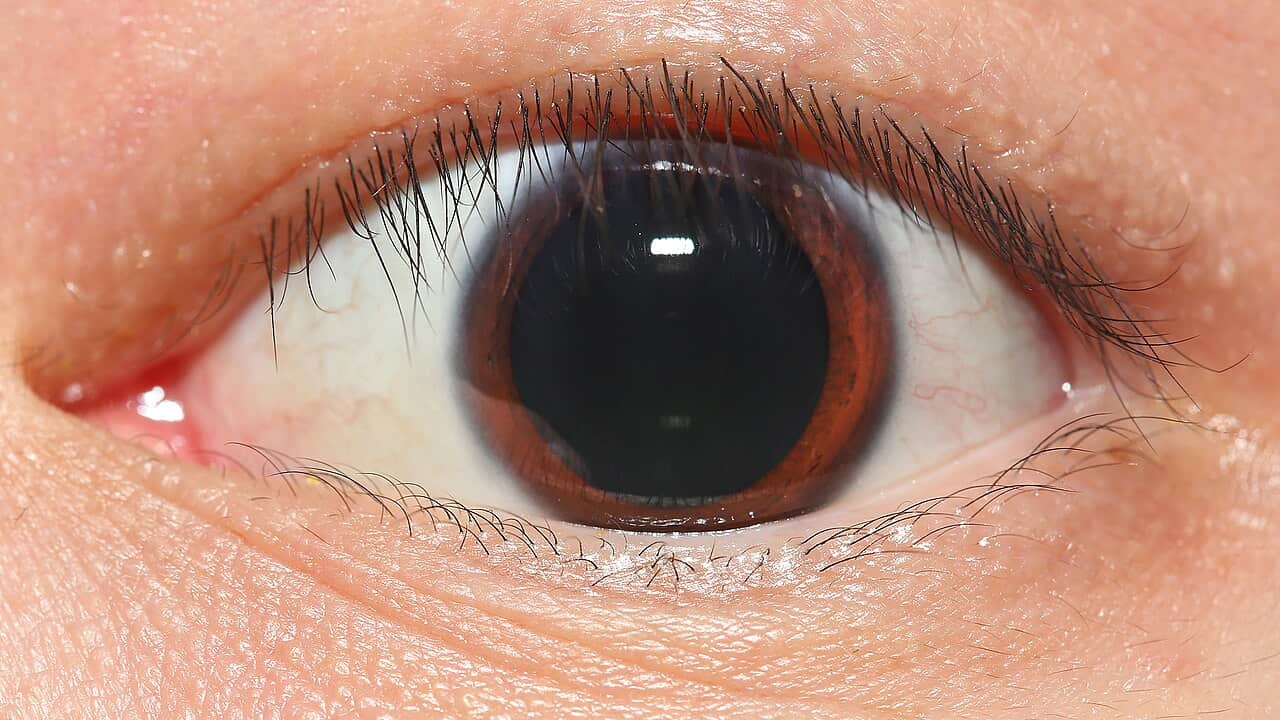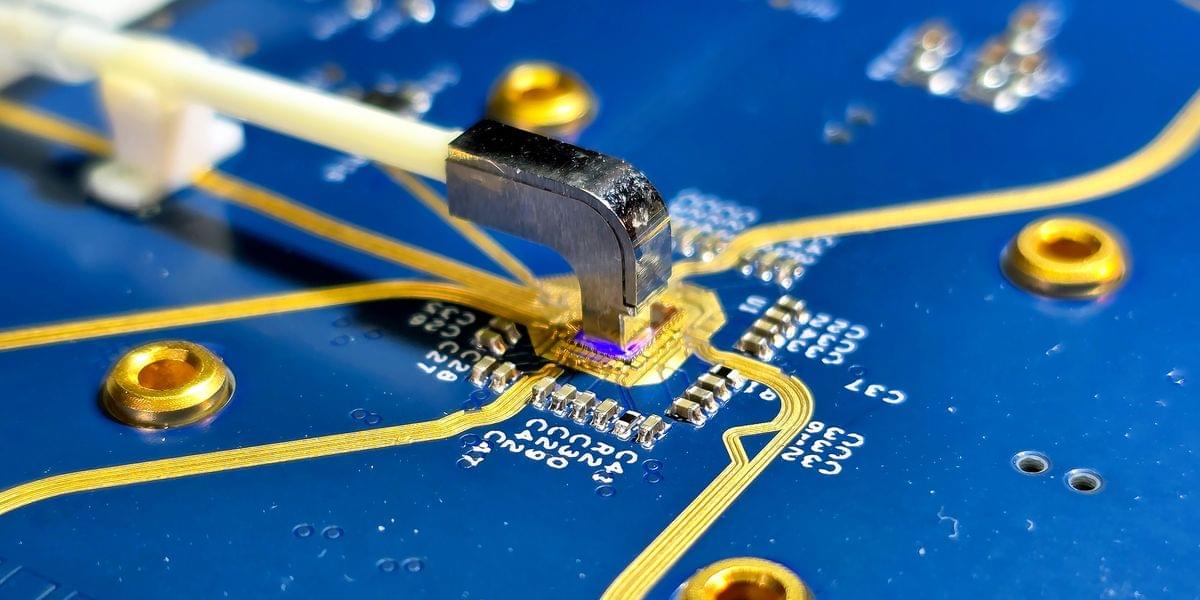SpaceX’s Starship Flight 9 launched from Starbase in South Texas on May 27, 2025. The first-ever reused Super Heavy booster exploded during its landing burn over the Gulf of Mexico.
Broadcast courtesy: SpaceX.
SpaceX’s Starship Flight 9 launched from Starbase in South Texas on May 27, 2025. The first-ever reused Super Heavy booster exploded during its landing burn over the Gulf of Mexico.
Broadcast courtesy: SpaceX.
Google DeepMind has developed a groundbreaking AI that can solve complex real-world problems like delivery planning and route optimization without needing exact answers or perfect data. By integrating a method called MCMC layers into neural networks, the system learns to make smart, flexible decisions in real time—even under tough constraints. This new approach outperforms older models and could transform industries like logistics, healthcare scheduling, and city traffic management.
🤖 What’s Inside:
DeepMind’s New AI That Solves Real-World Problems Without Exact Data.
https://arxiv.org/abs/2505.14240
How MCMC Layers Make Neural Networks Smarter at Planning.
AI vs Classical Methods in Solving NP-Hard Logistics Tasks.
🎥 What You’ll See:
Why traditional AI fails at scheduling and delivery planning.
How Google’s new AI tackles chaotic, constraint-heavy problems in milliseconds.
The secret behind MCMC layers and simulated annealing in neural networks.
Real-world results that could reshape logistics, healthcare, and urban planning.
📊 Why It Matters:
This isn’t about smarter chatbots—it’s about AI solving the hardest real-life decisions with speed and flexibility. From dynamic routing to hospital schedules, DeepMind’s breakthrough shows AI can finally plan like a pro—even with messy, incomplete data.
#ai #deepmind #google
As you glide through the neon-lit streets high above the city, this ambient music will help you find tranquility and peace. Whether you’re looking for relaxation stress relief, focus music for studying, or sleep music to unwind at night, this atmospheric soundtrack will transport you into a cyberpunk dreamscape.
Perfect for working, studying, or simply relaxing after a long day, the calming ambient music and distant city noises create a stress-free environment that helps you unwind and reconnect with your thoughts.
✨ Allow the futuristic sounds and gentle dark ambient vibes to provide relaxation stress relief, and guide you into a peaceful state for deep focus or restful sleep. ✨
💜 Don’t forget to like, subscribe, and hit the bell for more cyberpunk & space ambiance! 🎧
🎼 Music by Gwen Rice.
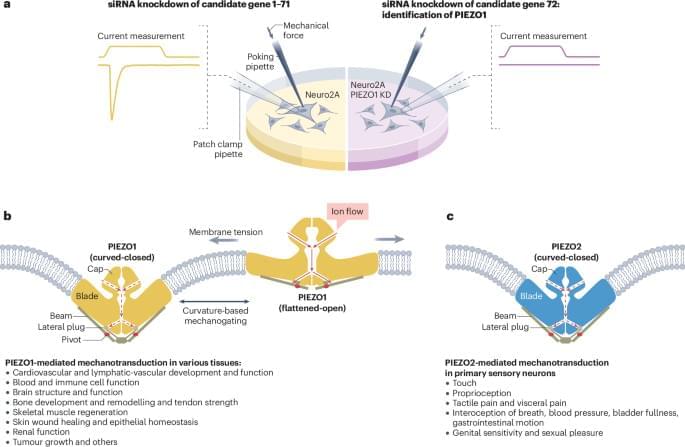
The mechanically activated cation channels PIEZO1 and PIEZO2 are crucial for mechanotransduction processes in mammals. This Review discusses the structural design and gating dynamics of PIEZO channels that enable their high mechanosensitivity, and highlights their physiological and pathological relevance.
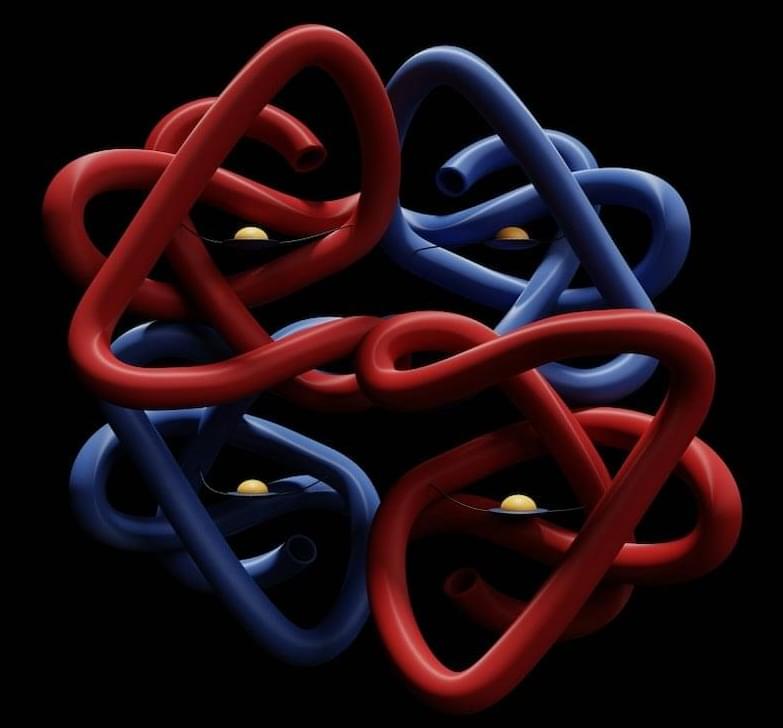

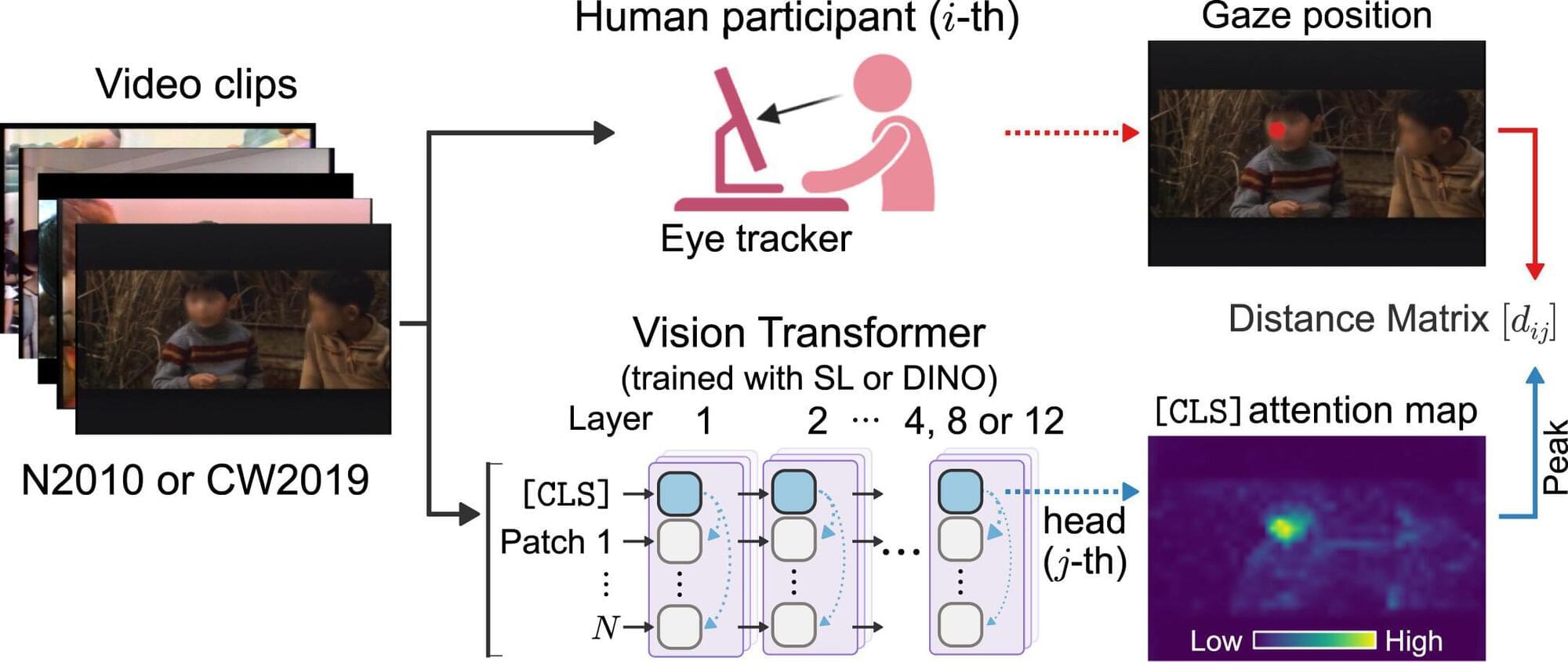
Can machines ever see the world as we see it? Researchers have uncovered compelling evidence that vision transformers (ViTs), a type of deep-learning model that specializes in image analysis, can spontaneously develop human-like visual attention patterns when trained without labeled instructions.
Visual attention is the mechanism by which organisms, or artificial intelligence (AI), filter out “visual noise” to focus on the most relevant parts of an image or view. While natural for humans, spontaneous learning has proven difficult for AI.
However, researchers have revealed, in their recent publication in Neural Networks, that with the right training experience, AI can spontaneously acquire human-like visual attention without being explicitly taught to do so.
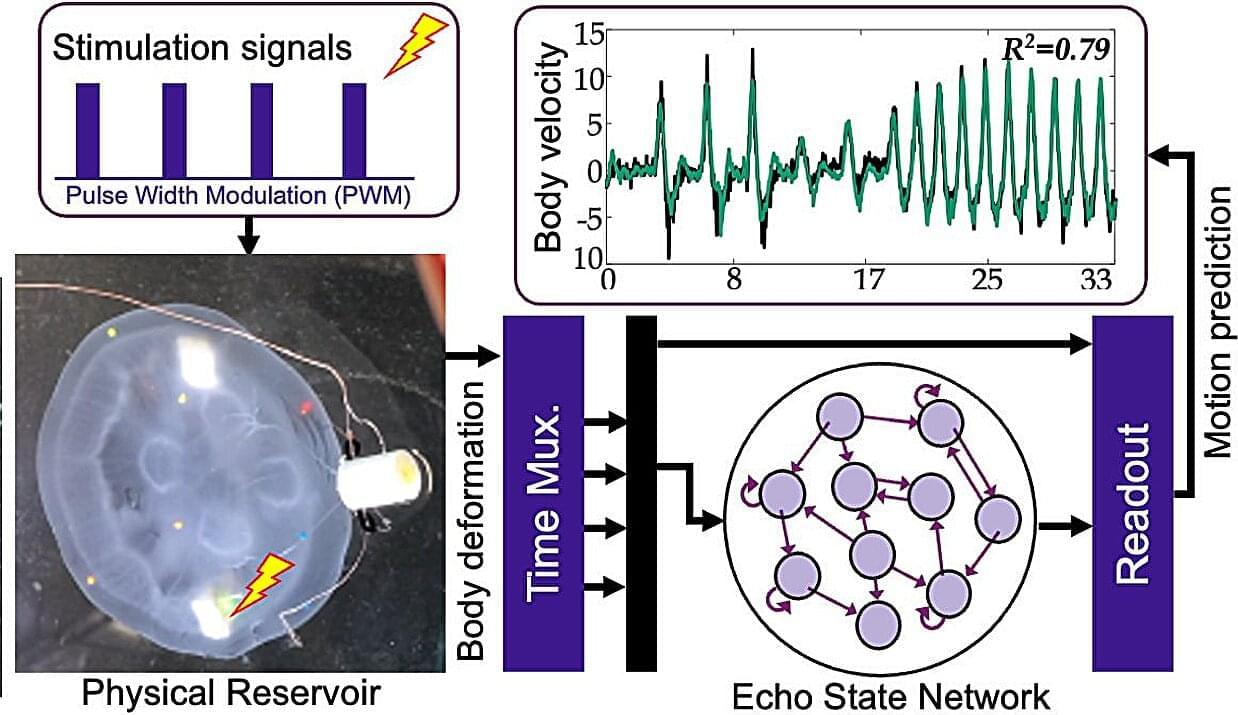
Unlike fish, jellyfish lack bones and possess a sole rudimentary nerve net, yet they can travel considerable distances with minimal energy expenditure. A jellyfish’s seemingly effortless glide through the water is thanks to a ring of muscle within its soft belly, which creates a simple jet that propels it forward. Scientists refer to this intrinsic capability as “embodied intelligence,” which suggests that the organism’s physical structure plays a role in problem-solving.
When harnessed, this locomotion provides an efficient means to monitor coral reefs, track oil spills, and observe climate trends. “Jellyfish cyborgs” require minimal power and operate without engines, limiting the environmental impact associated with current methods of studying the vast expanse of the ocean.
In a new study, a research team, led by Dai Owaki, an associate professor in the Department of Robotics at Tohoku University’s Graduate School of Engineering, successfully modulated the swimming behavior of jellyfish using gentle electric pulses. Moreover, they utilized a lightweight artificial intelligence (AI) model to predict the swimming speed of each jellyfish.
